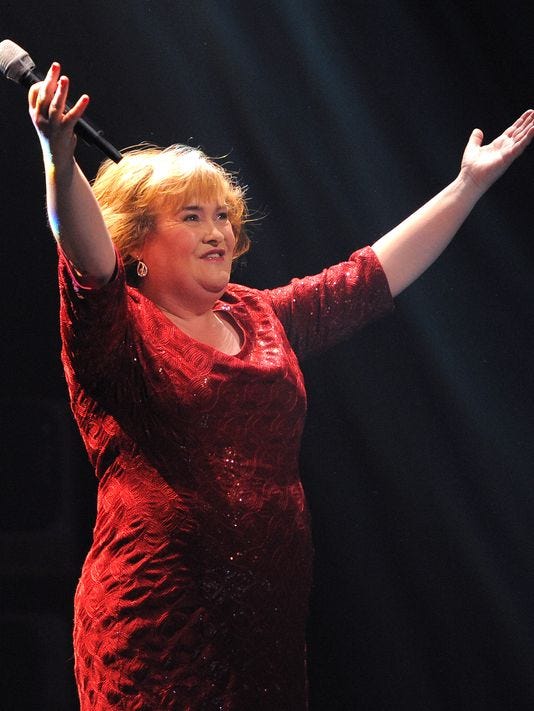Today the National Book Critic Circle announced its annual award winners. The winner of the NBCC fiction award is 52-year-old Ben Fountain for his debut novel "Billy Lynn's Halftime Walk," which has me thinking about late bloomers and awards.
 |
| Ben Fountain |
Not that I have anything against that sweet old grandmother turned painter, but late bloomers are not only those who late in life have suddenly decided to paint -- or write or sing or dance or play music or pursue any one of the creative arts. The term also applies to those who have toiled away for years with little or no recognition. The late-to-be-recognized bloomer.
That label certainly applies to Fountain who quit his job as a lawyer to work on writing full time in 1988. "For every story he published in those early years, he had at least thirty rejections," wrote Gladwell in 2008. "His breakthrough with 'Brief Encounters' came in 2006, eighteen years after he first sat down to write at his kitchen table. The 'young' writer from the provinces took the literary world by storm at age forty-eight."
And now in his fifties Fountain has won another major award for a debut novel. And, as an added bonus, that novel is being adapted to the screen by Simon Beaufoy, who won an Oscar for his screenplay of "Slumdog Millionaire."
 |
| Emmanuelle Riva |
Which has me wondering: What motivates a creative person to keep on creating?
According to Gladwell, Fountain was sustained by a wife who believed in him and urged him to continue to plow on despite all those rejections. But Fountain himself had to love the process or I'm sure he would have quietly returned to his law practice long ago.
Awards and recognition clearly are not what nurtures real dreams.
Awards, in fact, can even be bad for a creative career, particularly if recognition comes too early, giving the artist the false idea that their hard work is behind them. In filmdom it's called the Oscar Curse. Adrien Brody, who at 29 was the young man ever to win the Oscar for Best Actor in 2003, was one of 13 actors CNBC included among their list of "13 Actors Hit With the Oscar Curse."
I can't imagine Emmanuelle Riva, who at 85 is the oldest actress ever nominated for an Academy Award for Best Actress ever making such a list. The French actress -- who also is a published poet -- came to the Oscar ceremony (which was on her 86th birthday) already a winner. She had won both the BAFTA and the Cesar Awards for her role in "Amour" and, hey, who is going to forget the oldest actress ever to be nominated? It's as good as winning.
"Everyone knows there are very few roles for older actresses. Almost none, in fact. And that is what makes all this so exceptional," Riva told the Guardian.
 |
| ANDREW YATES AFP/Getty Images |
Boyle's debut album, "I Dreamed a Dream," became the UK's best-seling debut album of all time. She's had two more albums and a makeover. She's sung for the queen and returned in triumph to Britain's Got Talent to sing "You'll See." And today, The Hollywood Reporter revealed that Boyle -- she's 51 -- will be making her feature film debut in John Stephenson's "The Christmas Candle" -- with, appropriately enough, Samantha Barks of Les Miserables. Uh, and who were the winners of that 2009 Britain's Got Talent competition?
I am convinced though that if Susan Boyle had not captured the world's attention, she would still be out there singing. Real dreams die hard.
For every Susan Boyle -- and Ben Fountain -- there are scads of artists who continue to sing, write, paint, act, dance and play music for the sheer pleasure of it, concentrating more on the journey than the destination.
I think the older we get, the more we can see how this works: Creativity is an end in itself. It's nice to have an appreciative audience, but it's not really a necessary ingredient.
In a recent class I gave at the Dali Museum in St. Petersburg on Memoir Blogging, the participants --- all over 60 -- spent some time talking about what they wanted to focus on in their blogs. One was eager to write about life with her husband, an avid motorcyclist who had recently died in a crash, "doing what he loved to do." "He was such a great story teller," she told the group. "I want to write down the great stories he used to tell about his adventures so my grandchildren will know who he was." Another wanted to tell the stories of the risky travels she has been taking in her Eighties, including a trip to dangerous areas of Pakistan. "Risk at my age is not the same as for a younger person," she said. "At this age, wouldn't you rather go out in a blaze of glory than die in a nursing home?" Still another, who had been the primary caretaker of her husband during his long illness, planned to write about coping with being a widow at 60. She called her blog The Merry Widowhood.
None of the participants seemed all that concerned about who would be reading their blogs. Some were not even interested in ever going public with their blog, but wanted simply to write a blog for family and friends. For others I imagine that the search for an audience will come later. For now, they are caught up in telling their stories the best that they can. Writing, it turns out, is its own reward.




